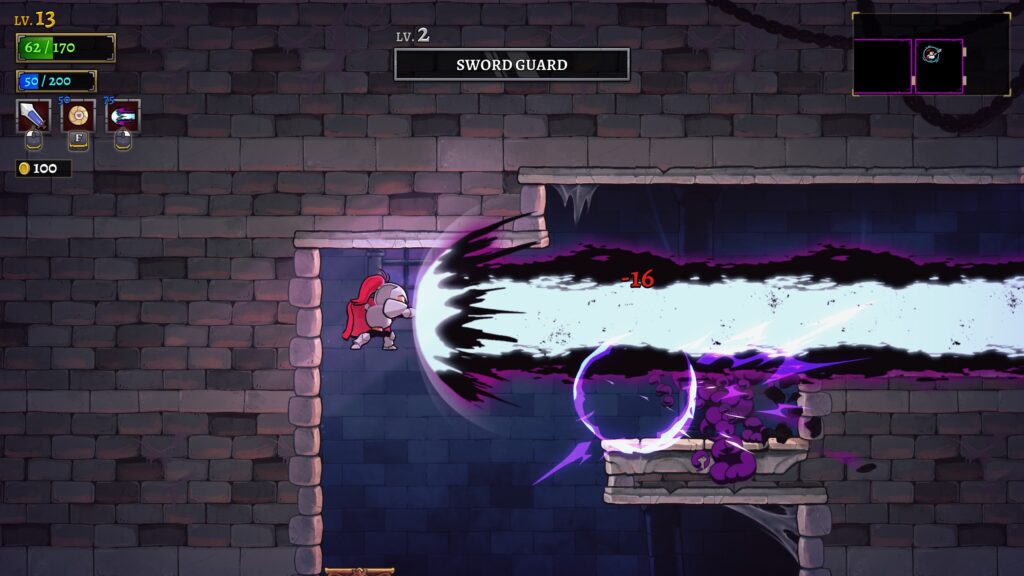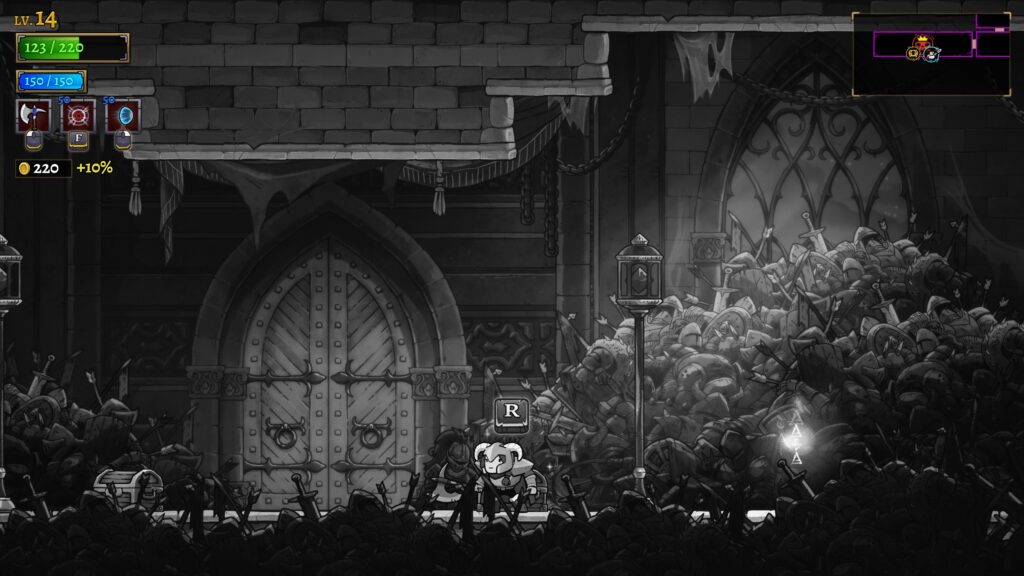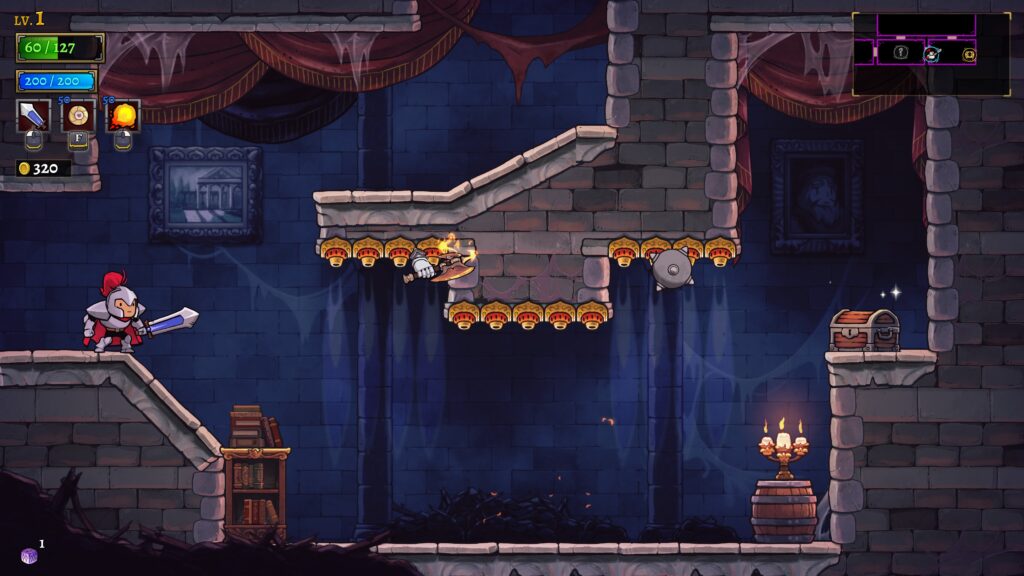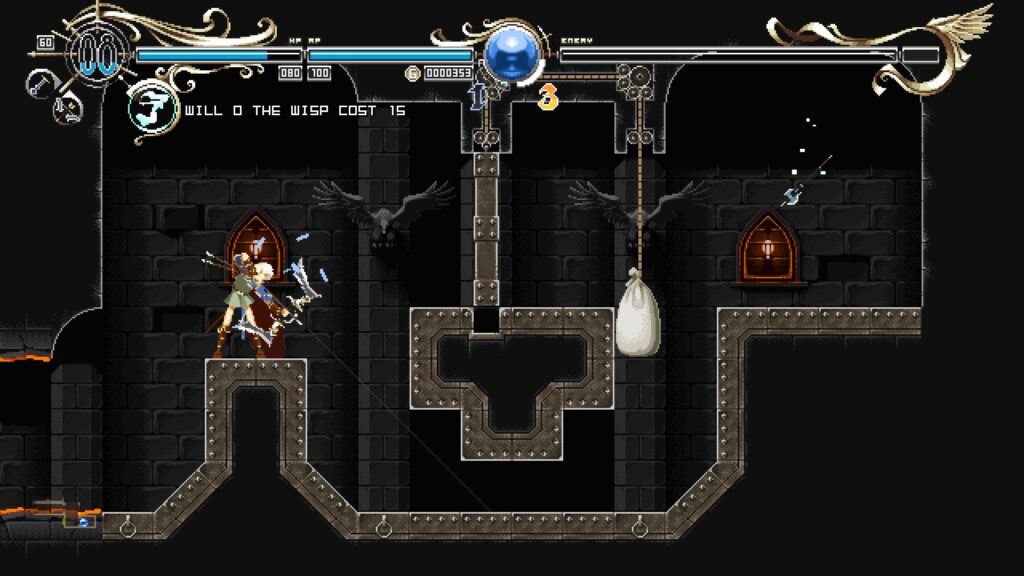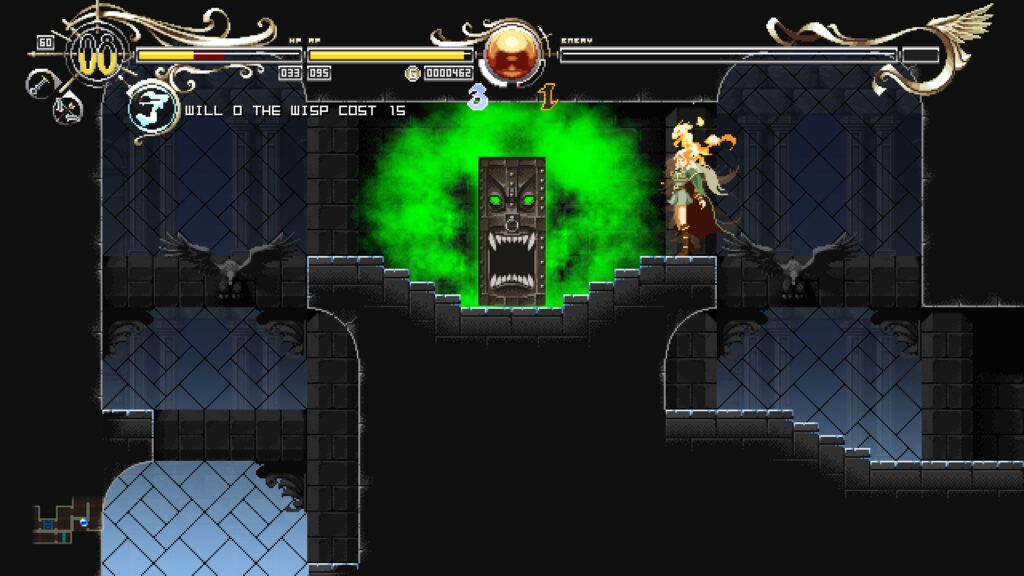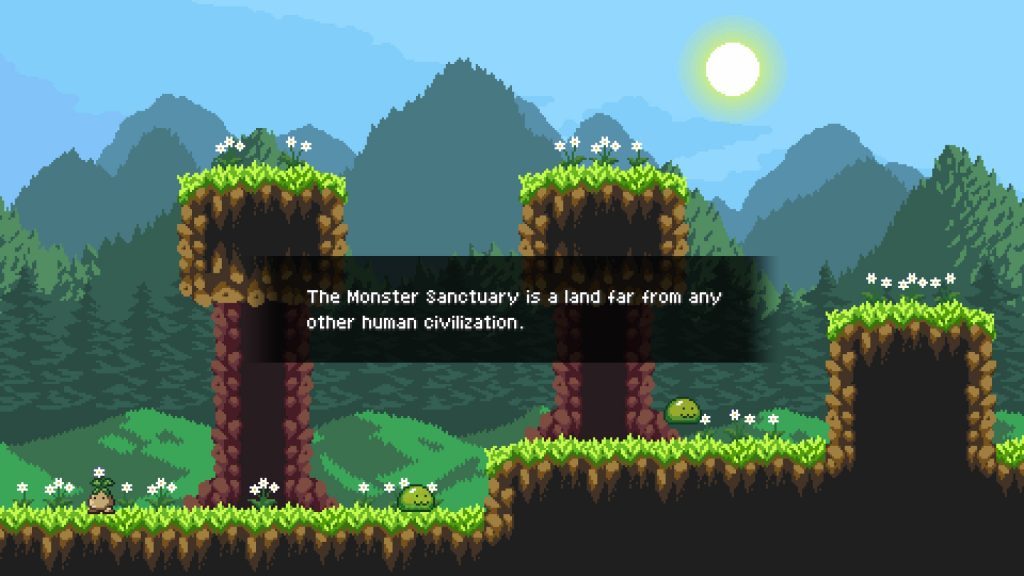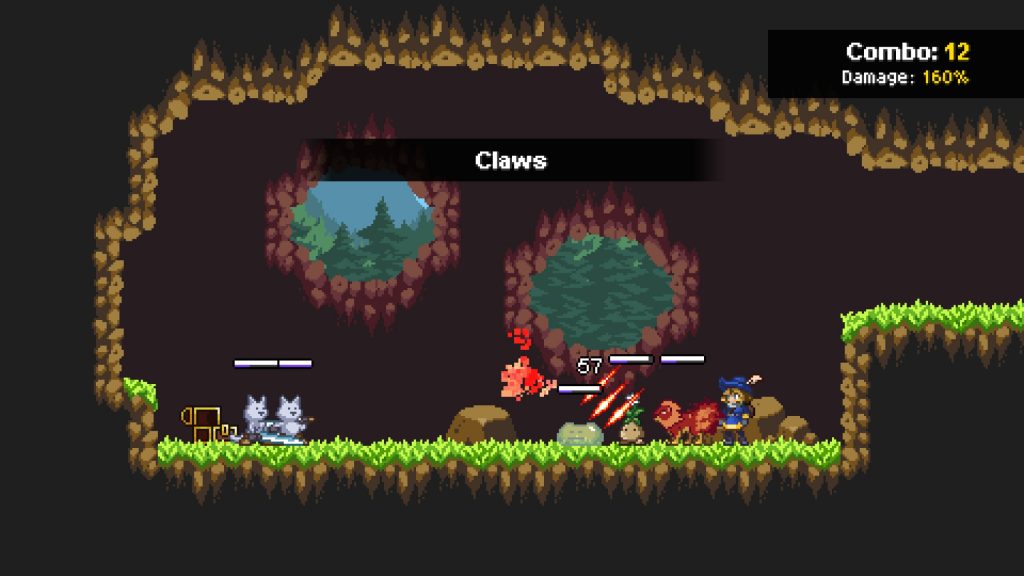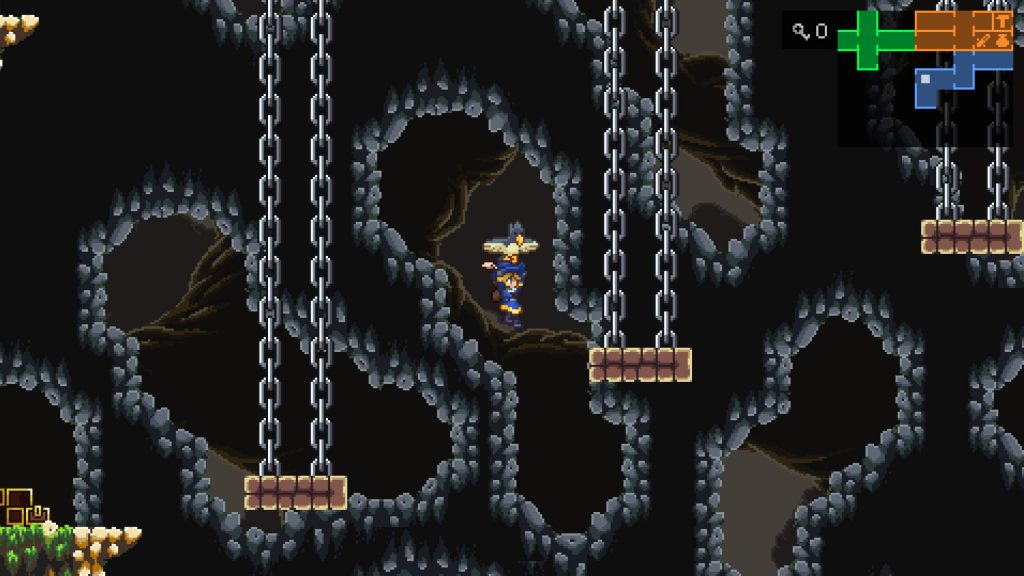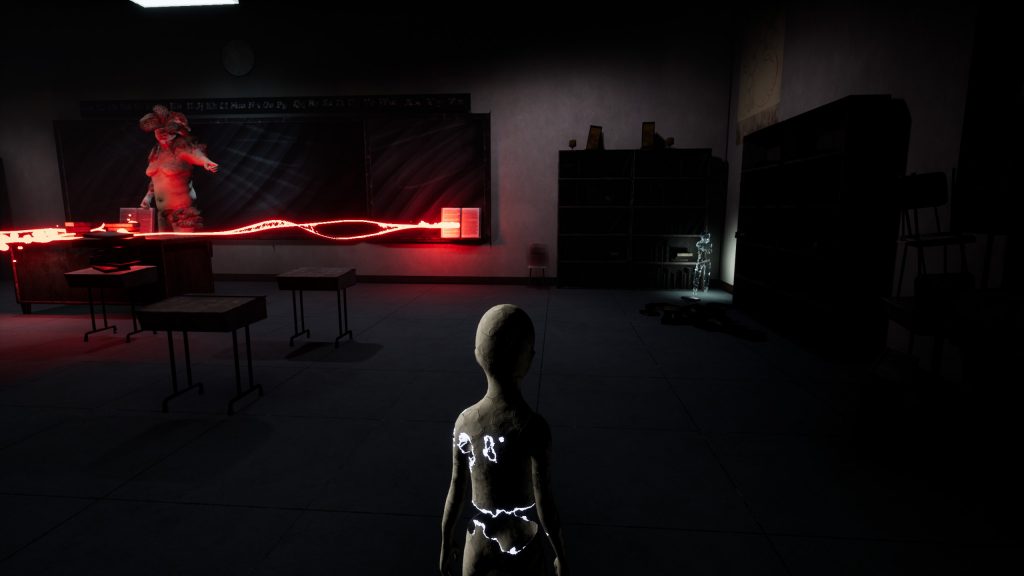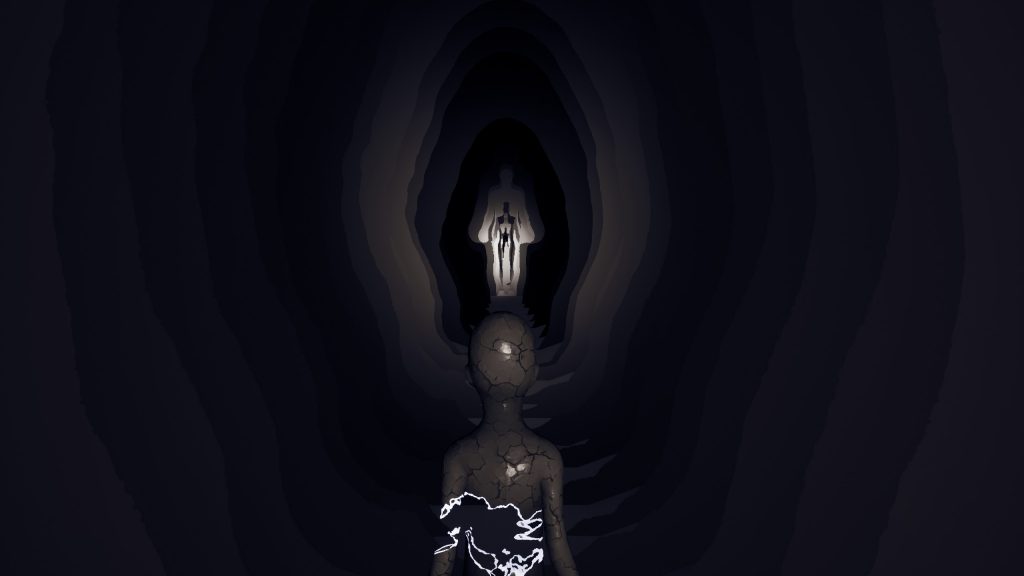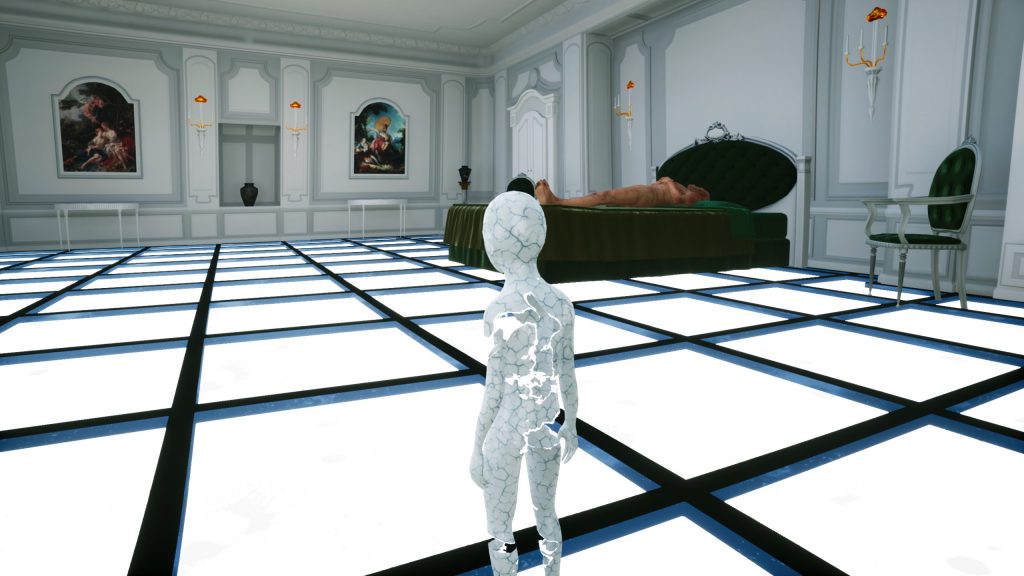Noita (Review)

Source: Cashmoneys
Price: £15.49 (£7.99 soundtrack, £21.13 game and soundtrack)
Where To Get It: Steam
Ahhh, Noita… Pixel by pixel simulation of object interaction. Want ice vapour to kill you? Don’t worry, particle by particle, you can do that! Want to put out that particle fire? Just hop in some particle liquid that isn’t particle oil, or sprinkle it on yourself! Want to shoot several particle streams of death, which then become more particle streams of death, and so on until your computer is screaming at you to stop? Yes, you can do these things, all of these things, so long as it’s through shooting things, bombing things, kicking things, throwing things, or spraying things!
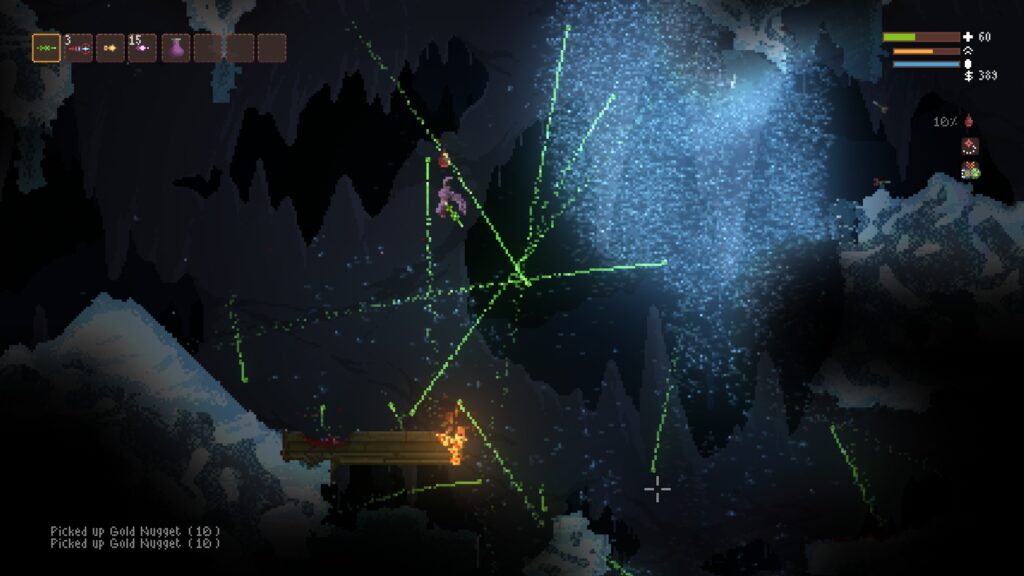
You can also die in some extremely messy ways. And you will. Often. So yes, welcome to Noita, a procedurally generated roguelike in which you are descending into the depths of a mountain’s cavern/dungeon network, for… Reasons. I’m sure they made sense at the time, whatever those reasons were. It’s got some lovely pixel art, which, y’know, fits because of all those pixels that can be set on fire, slosh around, obstruct you and so on… And the music and sounds are good too.
It’s difficult, and at times twitchy, so if those are turnoffs, turn ye back now, and, as mentioned, it can get resource hoggy, so make sure your computer can handle it before trying it out!
Otherwise… Hot damn, the feeling of doing incredibly silly shit with your wands and potions, whether it works or not… No, really, it’s amusing to have thirty five arrows from a single cast, only for said arrows to bounce back at you because what did you expect when you fired 35 arrows in so many directions?
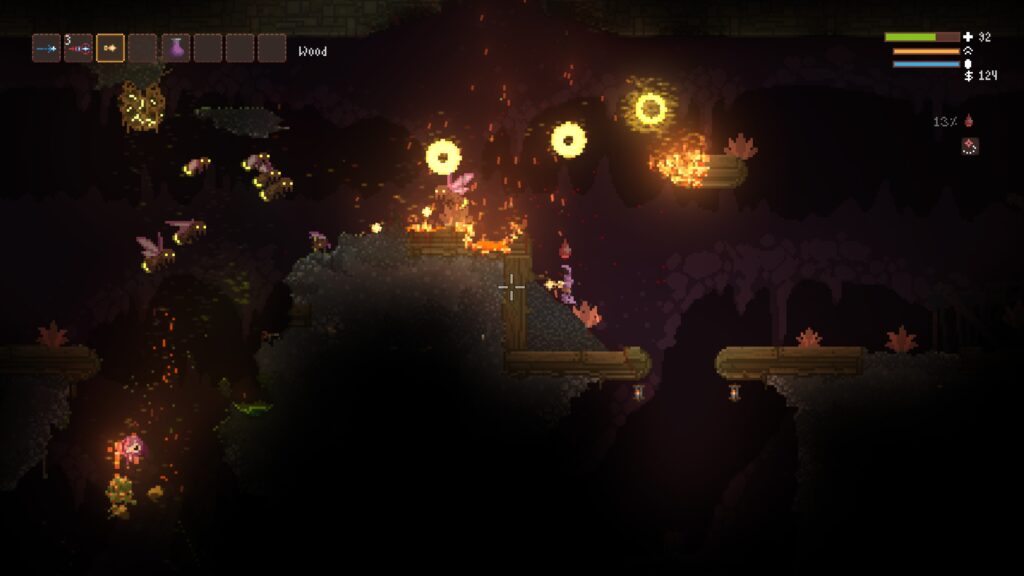
Well, you expected something amusing to happen. And you got it, even if you have to restart the game. But that’s okay, there’s probably even sillier things you can get up to! (There most definitely are.)
Any criticisms? Well… Apart from the game turning very resource hoggy when there’s a lot of stuff going on (and believe me, you can easily ensure a lot of stuff is going on, and so can some of the enemies), it’s in this weird space where the basic learning curve is actually quite easy… But the mastery curve is several sharp inclines, which, even with the potential for very amusing deaths, also creates some frustrating ones. Argh, why did I have to die just by getting shot? Boring! Also, some enemies, like the snipers, are… Oh god, they’re utter bastards.
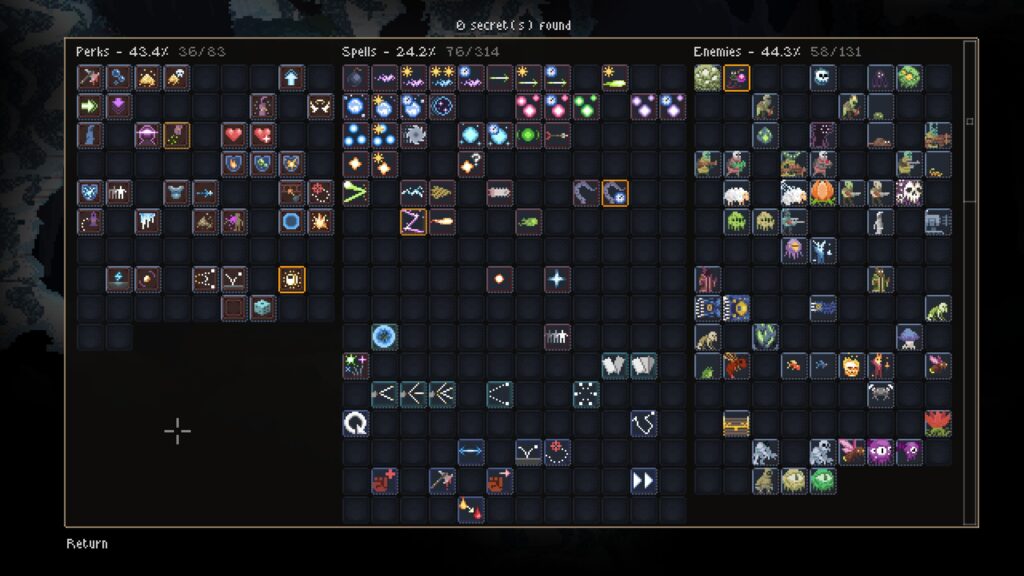
But, overall, I love Noita. I love the destructive creativity. I love the war stories it can create. And, if you don’t mind a tough action roguelike, where you’re going to die in the first few areas a lot before you get further, you’ll like this one.
The Mad Welshman appreciates that wizards have no sense of responsibility. So consider sending wizards into this hellhole a chance for one of them to learn. Maybe.
Look, it’s enjoyable to send the bastards to their doom, alright?


